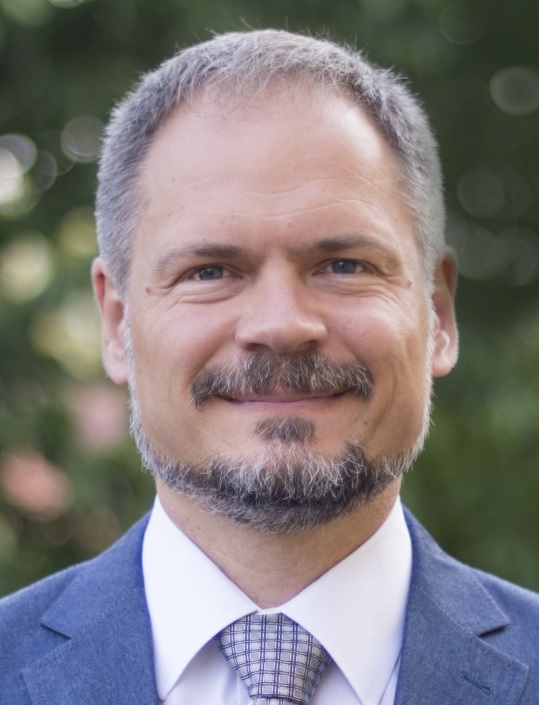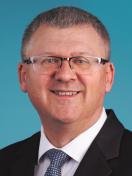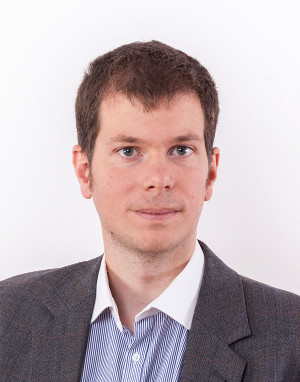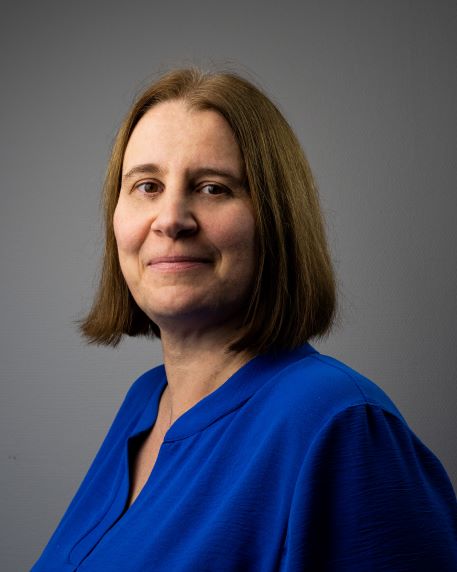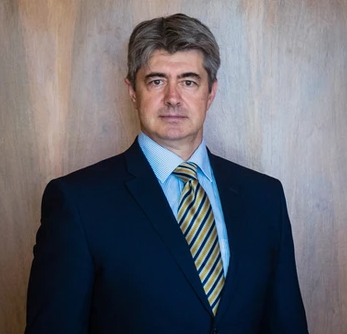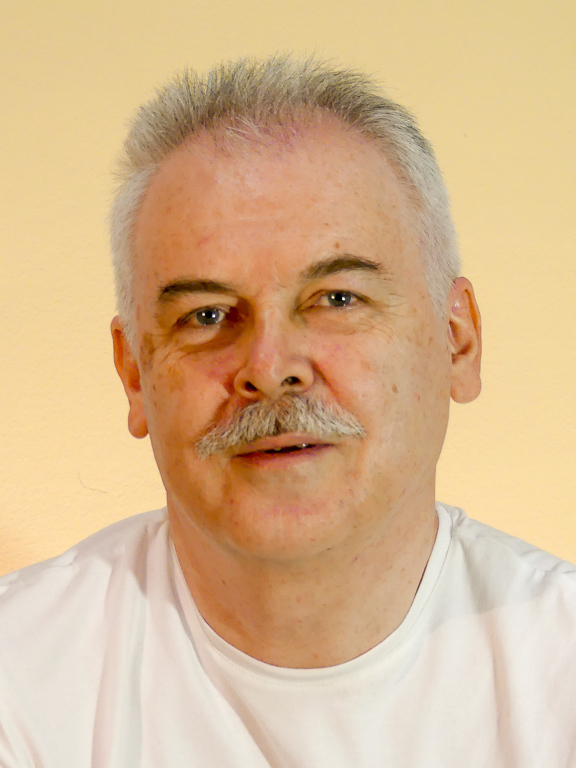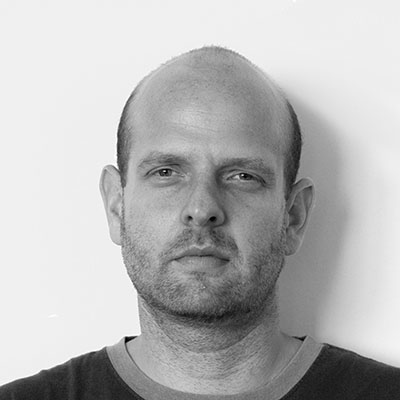Editor-in-Chief
| |
Associate Editor-in-Chief
| Associate Editor-in-Chief
|
Area Editors
|
Eszter Udvary Eszter Udvary received her Ph.D. degree in electrical engineering from the Budapest University of Technology and Economics (BME), Budapest, Hungary, in 2009. She is currently an Associate Professor at BME, Mobile Communication and Quantum Technologies Laboratory. Dr. Udvary's research interests are in the broad area of optical communications, including microwave photonics, optical access network, visible light communication, and quantum communication. |
Péter Baranyi Professor Baranyi obtained his Ph.D. in Informatics in 1999 and became the Doctor of Hungarian Academy Sciences in 2006. He is a member of the Hungarian Academy of Engineering. His work has been recognized with several international awards, including the Kimura Award, International Dennis Gabor Award, and the young investigator award by Sigma XI. In the field of non-linear control theory, Professor Baranyi developed the TP model transformation, which is a higher-order singular value decomposition of continuous functions, structures, or dynamic models. This transformation plays a crucial role in non-linear control design theories and opens up new theory for optimization. Around 2010, Professor Baranyi introduced the concept of Cognitive Infocommunications (CogInfoCom). Since then, CogInfoCom has evolved into a scientific discipline, giving rise to various branches including, for instance, Mathability, Digital Reality, Digital & Cognitive Corporate Reality, and Socio-Cognitive ICT. Within the field of CogInfoCom, Professor Baranyi led a research group investigating the cognitive aspects of Virtual Reality for application in corporate environments. His research group was the first to discover that users could achieve 40-50% better effectiveness in 3D digital environments.
| |
|
Lajos Nagy Lajos Nagy received the Engineer option Communication and PhD degrees, both from the Budapest University of Technology and Economics (BME), Budapest, Hungary, in 1986 and 1995, respectively. He joined the Department of Microwave Telecommunications (now Broadband Infocommunications and Electromagnetic Theory) in 1986, where he is currently an associate professor. He has been the head of Department of Broadband Infocommunications and Electromagnetic Theory in 2007. He is a lecturer on graduate and postgraduate courses at BME on Antennas and radiowave propagation, Radio system design, Adaptive antenna systems and Computer programming. His research interests include antenna analysis and computer aided design, electromagnetic theory, radiowave propagation, communication electronics, signal processing and digital antenna array beamforming, topics, where he has produced more than 100 different book chapters and peer-reviewed journal and conference papers. Member of Scientific Association for Infocommunications, official Hungarian Member and Hungarian Committee Secretary of URSI, Chair of the IEEE Chapter AP/ComSoc/ED/MTT.
|
Gergely Biczók Gergely Biczók is associate professor in the CrySyS Lab, Dept. of Networked Systems and Services, Budapest University of Technology and Economics (BME). He received the PhD (2010) and MSc (2003) degrees in Computer Science from BME. Previously, he was a postdoctoral fellow at the Norwegian University of Science and Technology, a Fulbright Visiting Researcher to Northwestern University and a research fellow at Ericsson Research. His research focuses on the security, privacy and economics of networked systems. | |
|
|
Editorial Board
| JAVIER ARACIL Universidad Autónoma de Madrid,Spain | OSCAR MAYORA |
| LUIGI ATZORI | MOLKA GHARBAOUI |
| VESNA CRNOJEVIC-BENGIN | MIKLÓS MOLNÁR Université Montpellier 2, France |
| KÁROLY FARKAS | SZILVIA NAGY |
| VIKTÓRIA FODOR | PÉTER ODRY VTS Subotica, Serbia |
| JAIME GALÁN-JIMÉNEZ | JAUDELICE DE OLIVEIRA Drexel University, USA |
| EROL GELENBE | MICHAL PIORO Warsaw Technical University, Poland |
| ISTVÁN GÓDOR | GHEORGHE SEBESTYÉN |
| CHRISTIAN GÜTL Graz University of Technology, Austria | BURKHARD STILLER |
| ANDRÁS HAJDU | CSABA A. SZABÓ |
| LAJOS HANZO | GÉZA SZABÓ |
| DAVID HASTBACKA | LÁSZLÓ ZSOLT SZABÓ |
| THOMAS HEISTRACHER Salzburg University of Applied Sciences, Austria | TAMÁS SZIRÁNYI |
| ATTILA HILT Nokia Networks, Budapest, Hungary | JÁNOS SZTRIK |
| JUKKA HUHTAMKI | DAMLA TURGUT |
| SÁNDOR IMRE | SCOTT VALCOURT |
| ANDRZEJ JAJSZCZYK | JÓZSEF VARGA |
| GÁBOR JÁRÓ | ROLLAND VIDA |
| MARTIN KLIMO University of Zilina, Slovakia | JINSONG WU |
| ANDREY KOUCHERYAVY St. Petersburg State University of Telecommunications, Russia | KE XIONG |
| LEVENTE KOVÁCS | GERGELY ZARUBA |
| MAJA MATIJASEVIC |
|
On September 8, 2025, Prof Erol Gelenbe, a member of our editorial board, Hon. Fellow of the Hungarian Academy of Sciences, and Professor at the Institute of Theoretical and Applied Informatics, Polish Academy of Sciences, was elected as one of only 104 Foreign Fellows (in total) belonging to all the scientific disciplines, of the Indian National Science Academy. In particular, he is the first foreign Computer Scientist who joins this academy. The election statement at:
https://insaindia.res.in/recent-elected-fellows/
states that "Professor Gelenbe is a pioneering researcher in Computer Systems and Networks. Using Markovian and semi-Markov methods, he obtained several seminal analytical results regarding the page fault rates in large classes of memory management algorithms, he derived the stability and optimal control of the ALOHA communication system, and the load-dependent optimal values of checkpoints for databases. He invented new modelling and analysis methods, including the G-Network model. He invented the spiking random neural network and its deep learning, auto-associative and reinforcement algorithms. His technological contributions include a patented optimal architecture for many-to-many communications, patented reinforcement learning routing for edge networks and the Internet, and the industrial simulation tool Flexsim."
Supporter
|
National Cooperation Fund, Hungary |

